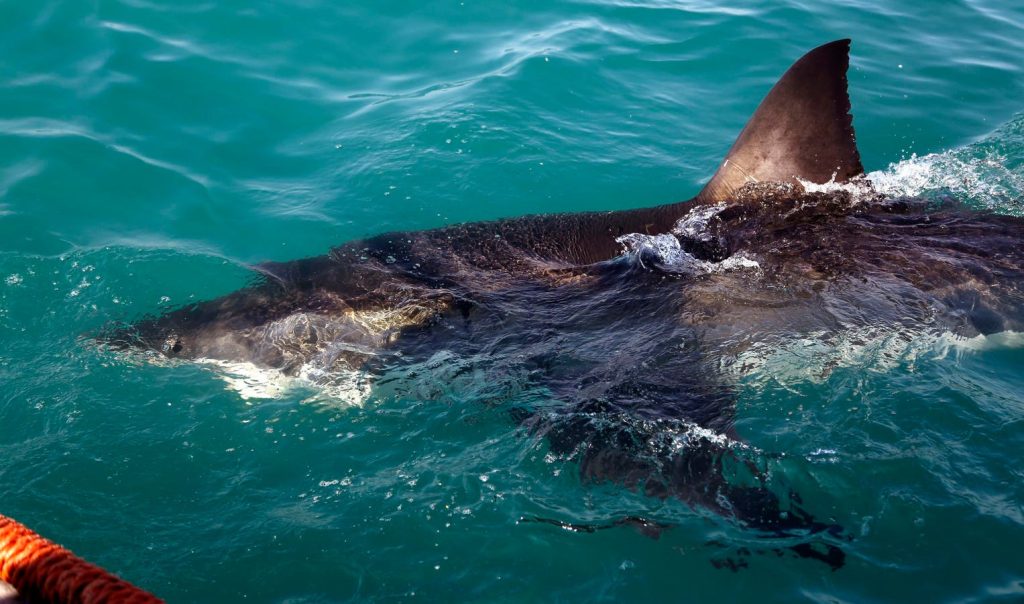LeeBeth, a 14-foot great white shark, is captivating scientists and the public with her epic journey through the Gulf of Mexico. Equipped with a tracking device in December 2023 off the coast of South Carolina, LeeBeth has traveled over 2,000 miles southward, surpassing previous tracking records for white sharks. As she approached the Gulf’s westernmost regions near Matamoros, Mexico, scientists are eager to unravel the mysteries of her extensive travels.
The Atlantic White Shark Conservancy, in collaboration with the Massachusetts state government and other organizations worldwide, has been tagging white sharks to study their behavior and conservation. Over 300 individuals have been tagged to date, with LeeBeth being one of their most significant discoveries. The tracking device installed on LeeBeth’s dorsal fin triggers whenever she breaches the water’s surface, providing researchers with valuable insights into her migratory patterns, habitat preferences, and interactions with the environment.
Megan Winton, a senior scientist with the Atlantic White Shark Conservancy, believes that LeeBeth’s journey underscores the importance of the Gulf region for white sharks. As the species recovers from overfishing, international collaboration is essential for their conservation. With only a handful of white sharks tracked west of the Mississippi, LeeBeth’s voyage offers a unique opportunity to study the behavior and movement patterns of these apex predators.
Despite their portrayal as ruthless killers in popular culture, great white sharks play a crucial role in maintaining the health and balance of marine ecosystems. Their behavior and ecology continue to captivate scientists and enthusiasts alike, offering valuable insights into the complex dynamics of marine life. Scientists tracking LeeBeth’s movements are excited about the potential discoveries that her journey may reveal about the behavior and conservation of the great white shark species.
The tracking device on LeeBeth has revolutionized our understanding of these elusive apex predators, allowing researchers to study the impact of environmental changes, human activities, and conservation efforts on shark populations. By monitoring LeeBeth’s migratory path in near real-time, scientists can gain unprecedented insights into her movements and interactions with the marine environment. As she continues her journey approximately 100 miles off the coast of Galveston, Texas, scientists and enthusiasts eagerly anticipate the next chapter in this extraordinary saga.
Chip Michalove, owner of Outcast Sport Fishing, describes LeeBeth as one of their biggest stars and the best-pinging shark they have encountered. The collaboration between Outcast and the Atlantic White Shark Conservancy has been instrumental in tagging LeeBeth and studying her migratory path. With thousands of sharks tagged worldwide, the research efforts aim to shed light on the behavior, conservation, and protection of these magnificent creatures. LeeBeth’s incredible journey through the Gulf of Mexico serves as a reminder of the importance of preserving the natural habitat of great white sharks for future generations.


